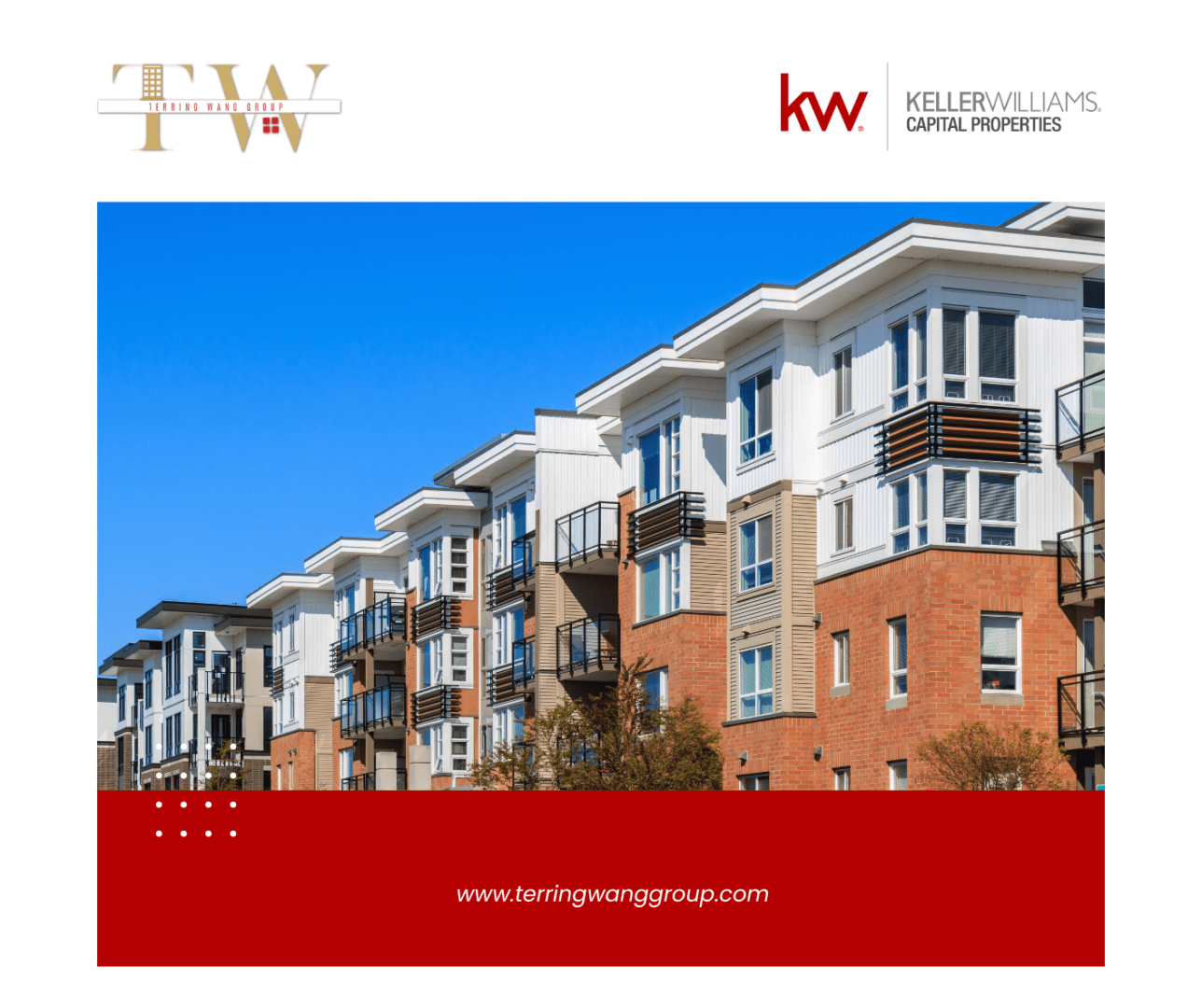Montgomery County is experiencing a significant housing shortage, affecting everyone from teachers and immigrants to young families and seniors. As the county grapples with addressing this issue, there are three major factors that could play a significant role in shaping the future of housing: Thrive 2050, the Purple Line, and rent stabilization legislation. In this comprehensive article, we will discuss these three factors in detail, exploring their potential impact on the county’s housing landscape.
Thrive 2050: A Vision for the Future
What is Thrive 2050?
Thrive 2050 is Montgomery County’s new 126-page vision plan for the next 30 years. The plan contains recommendations for land use, zoning, housing, and transportation, with the aim of promoting racial equity and environmental sustainability in the county.
How will Thrive 2050 impact housing?
Although Thrive 2050 does not change zoning or any other laws on its own, it provides clear recommendations that must be acted upon in the next phase. One of the top priorities in the plan is to increase and diversify housing options, making it more affordable for people of all income levels who work in Montgomery County and nearby areas. Thrive 2050 encourages housing development near transit and major roads, denser development along the Route 29 corridor, and multiuse development across the county.
Real-life impact of Thrive 2050
With the county projected to add 200,000 residents over the next 30 years, Thrive 2050’s recommendations will shape various aspects of county planning, from parks and urban centers to roads, bike trails, and transit. However, not all of Thrive’s recommendations may be implemented, as admitted by at-large Councilmember Gabe Albornoz.
One of the plan’s most controversial aspects is its call for upzoning, which would change zoning laws to allow duplexes, triplexes, and small apartment buildings in neighborhoods currently zoned for single-family housing.
Who stands to benefit from Thrive 2050?
According to Albornoz, “hopefully everybody” will benefit from the plan, including new families, seniors looking to downsize, and businesses in the county. Critics argue that developers will also profit from the new opportunities to build if Thrive’s recommendations are implemented.Who supports and opposes Thrive 2050?Most Montgomery County Democrats support Thrive 2050, while County Executive Marc Elrich and many longtime homeowners and civic groups oppose the plan due to concerns about property values and potential displacement of low-income households.
The Purple Line: Connecting Communities and Shaping Development
What is the Purple Line?
The Purple Line is a light rail project that, once completed, will connect Montgomery County with Prince George’s County without going through Washington, D.C. The 16.2-mile route includes 21 stations, serving areas such as downtown Bethesda, Silver Spring, and the University of Maryland’s College Park campus.
How will the Purple Line impact housing?
The Purple Line is expected to serve more than 65,000 riders daily, leading to a boom in development around many of its stations. While proponents argue that this development will make the county more environmentally sustainable, some fear that it will replace affordable housing with expensive high-rises and amenities, displacing vulnerable residents.
Who stands to benefit from the Purple Line?
According to former County Councilmember Hans Riemer, the whole region stands to benefit from the Purple Line, as it will improve access to activity centers, increase service for transit-dependent populations, relieve traffic congestion, and foster economic development.
However, without rent stabilization measures, many residents living near the Purple Line may be forced out of their homes, as landlords may seek to capitalize on the increased public investment.
Rent Stabilization: Balancing Affordability and Development
What is rent stabilization?
Rent stabilization, also known as rent control, is the regulation of rent amounts and increases by law. Montgomery County currently has no such law in place, but the idea is gaining traction, with County Councilmember Will Jawando leading the charge on a bill that would cap rent hikes.
How will rent stabilization impact housing?
Opponents of rent stabilization argue that limiting rent increases without considering factors like building maintenance costs and owners’ ability to obtain loans for improvements could lead to poorly maintained buildings and a worsening housing shortage. On the other hand, proponents believe that a law that helps tenants avoid housing instability benefits the entire community.
Who stands to benefit from rent stabilization?
Renters, who make up 35% of county residents, would benefit the most from rent stabilization legislation. The measure has gained popularity in recent years as the number of renters, particularly low-income renters, has increased, while the number of affordable rental units has not kept pace.
Who supports and opposes rent stabilization?
Many renters, as well as County Executive Elrich, Jawando, and other councilmembers support rent stabilization as part of a larger plan to address the need for more affordable housing. Councilmember Andrew Friedson, developers, lenders, and landlords have voiced skepticism and support for anti-gouging laws instead.
Conclusion
As Montgomery County faces a housing shortage, Thrive 2050, the Purple Line, and rent stabilization legislation will all play a significant role in shaping the future of housing in the region. Each of these factors has the potential to improve access to affordable housing, promote economic development, and increase transportation options. However, navigating the competing interests of developers, homeowners, and renters will be crucial to ensuring a balanced approach that benefits all residents.



